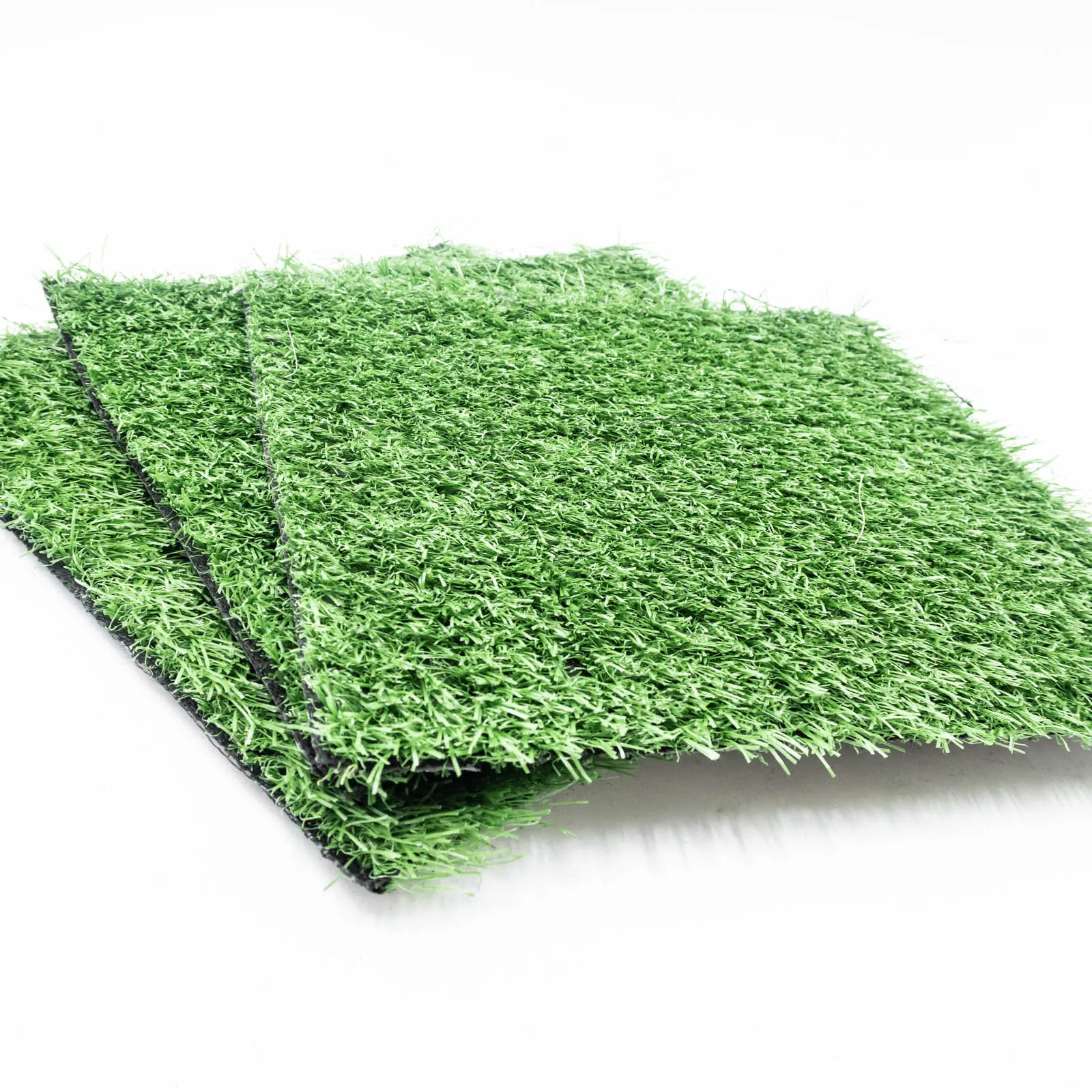
- Afrikaans
- Arabic
- Belarusian
- Bengali
- Czech
- Danish
- Dutch
- English
- Esperanto
- Estonian
- Finnish
- French
- German
- Greek
- Hindi
- Hungarian
- Icelandic
- Indonesian
- irish
- Italian
- Japanese
- kazakh
- Rwandese
- Korean
- Kyrgyz
- Lao
- Latin
- Latvian
- Malay
- Mongolian
- Myanmar
- Norwegian
- Persian
- Polish
- Portuguese
- Romanian
- Russian
- Serbian
- Spanish
- Swedish
- Tagalog
- Tajik
- Thai
- Turkish
- Turkmen
- Ukrainian
- Urdu
- Uighur
- Uzbek
- Vietnamese
Techniques for Installing Lush Green Turf in Your Backyard Garden
Dec . 04, 2024 14:51 Back to list
Laying Down Turf A Step-by-Step Guide to a Lush Lawn
Creating a vibrant and healthy lawn is a goal for many homeowners and garden enthusiasts. Laying down turf is one of the most effective methods to achieve this lush green paradise quickly. Whether you want to enhance your yard for aesthetic purposes, increase property value, or create a safe play area for children and pets, understanding how to properly lay down turf is crucial. This article provides a comprehensive guide to help you successfully lay turf and maintain a beautiful lawn.
Understanding Turf Types
Before you start the process, it’s essential to recognize the different types of turf available. Common types include cool-season grasses, such as Kentucky bluegrass and tall fescue, which thrive in the northern regions, and warm-season grasses, including Bermuda and Zoysia, ideal for southern climates. Understanding your local climate and soil conditions will help you choose the right type of grass that will flourish in your area.
Preparing the Site
The first step in laying turf is site preparation. Begin by clearing the area of old grass, weeds, and debris. You can use a sod cutter or simply dig it out with a shovel. Next, it’s vital to test the soil to determine its pH and nutrient levels. Most grasses prefer a pH between 6.0 and 7.0. If necessary, amend your soil by adding lime to raise pH or sulfur to lower it. Incorporate organic matter, such as compost, to improve soil structure and nutrients.
Once the soil is ready, grade it to create a smooth, even surface. This process helps prevent water pooling, which can lead to disease in the turf. Finally, lightly compact the soil to create a solid base for your new grass.
Laying Down the Turf
Now comes the exciting part – laying down the turf! Start by unrolling the first piece along a straight edge, such as a pathway or driveway. Ensure that the edges of the rolls are snug against each other without overlapping. It’s crucial to stagger the seams of the turf, much like laying bricks, to create a more natural appearance and help with root establishment.
As you lay each piece, use a sharp knife to trim the rolls to fit around curves or obstacles. After laying down the first row, continue over the area, ensuring each piece is tightly fitted. Once you have completed the entire area, go back and inspect for any gaps or uneven spots.
laying down turf

Watering and Maintenance
After laying the turf, water the area thoroughly. A good rule of thumb is to provide about an inch of water immediately after installation. This helps the roots establish themselves in the soil. For the first few weeks, keep the soil consistently moist but not soggy. Watering early in the morning is best to reduce evaporation and prevent disease.
Once the grass begins to establish—usually after about two weeks—you can start reducing the frequency of watering. It’s important to water less deeply but more slowly to encourage deep root growth.
Mowing and Fertilizing
When the grass reaches about three inches in height, it’s time for the first mow. Cutting it back to about two inches promotes healthier growth. Ensure your mower blades are sharp to avoid tearing the fresh turf.
Fertilizing your new lawn is also important for its health. Choose a starter fertilizer designed for new lawns, as this will provide the essential nutrients needed for growth. Apply the fertilizer according to the manufacturer's instructions, being careful not to over-fertilize, which can burn the grass.
Watching for Weeds and Pests
Newly laid turf is prone to weeds and pests. Regularly inspect your lawn for any signs of invasive species or insect infestations. Hand-pulling weeds can be effective, but be cautious not to disturb the tender grass.
Conclusion
Laying down turf can be a rewarding project that transforms your outdoor space into a beautiful landscape. With the right preparation, care, and maintenance, your lawn will thrive for years to come. Remember to choose the appropriate turf type for your climate, prepare your soil diligently, and provide consistent care following installation. Enjoy your lush new lawn and the joy it brings to your home and family!
-
The Benefits of Artificial Turf for Indoors
NewsJul.15,2025
-
How Artificial Grass Suppliers Ensure Quality Products
NewsJul.15,2025
-
Artificial Grass and Pets: A Space for Relaxation
NewsJul.08,2025
-
Balcony & Outdoor Decoration with Artificial Grass
NewsJul.08,2025
-
Best Indoor Artificial Grass for Home
NewsJul.07,2025
-
Best Pet Turf for Dogs: Safe & Durable Artificial Grass Options
NewsJul.07,2025
Products categories









